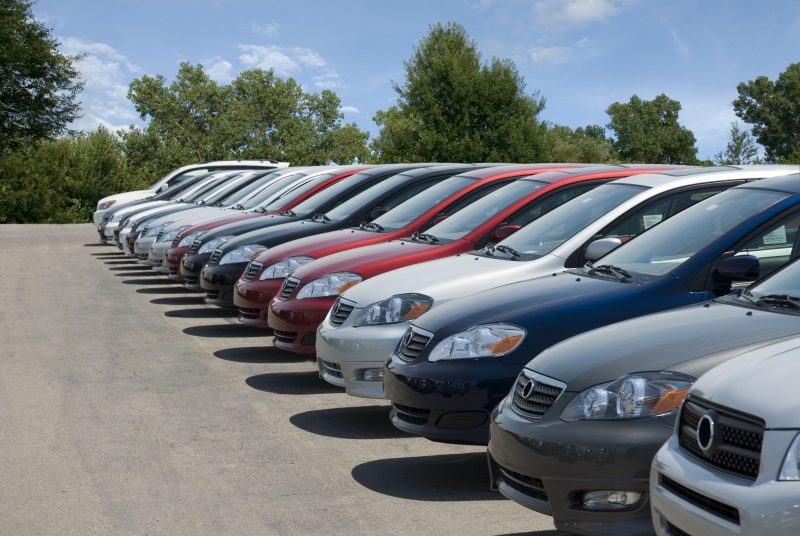Disc brakes are to stopping a car as the crankshaft is to propelling it. Braking generates heat and heat is bad for brake performance. One brake pad may look little different than another but the wear characterizes, the temperatures at which they function best, dirt, noise and more all enter into the design and manufacturing process.
Friction as a major factor:
Performance friction brake pads have a higher coefficient of friction which is the key to more stopping power. Years ago the coefficient of friction for brake pads rarely exceeded 0.20 with 0.00 being zero friction. High performance brake pads today are approaching 0.50.
The friction produced by a brake pad is not a constant; this is primarily due to temperature changes, age and wear. Friction brake pad developers are constantly looking to develop pad material that maintains consistency over a range of operating temperatures.
Friction and the subsequent operating temperature differentials are achieved through the use of different pad materials and compounds. Brake pads can generally be categorized as:
- Organic
- Sintered metal which is normally used for performance friction brake pads
Organics:
When it is said that a brake pad is organic it means that the materials used are bonded using an organic resin. These pads are usually used with cast iron as well as steel rotors. With the disappearance of asbestos as a brake pad material, manufacturers are using a host of different compounds based on carbon, Kevlar and fiberglass reinforcement.
Sintered metal:
When metal powder is subjected to high heat and pressure, the process is called sintering. Sintered metals use copper and tin, which during the manufacturing process results in bronze. When compared to organics, sintered metal brake pads are more durable and have a longer life.
There is no reason to believe that performance friction brake pads will not continue to evolve, allowing for higher operating temperatures and longer pad life.






